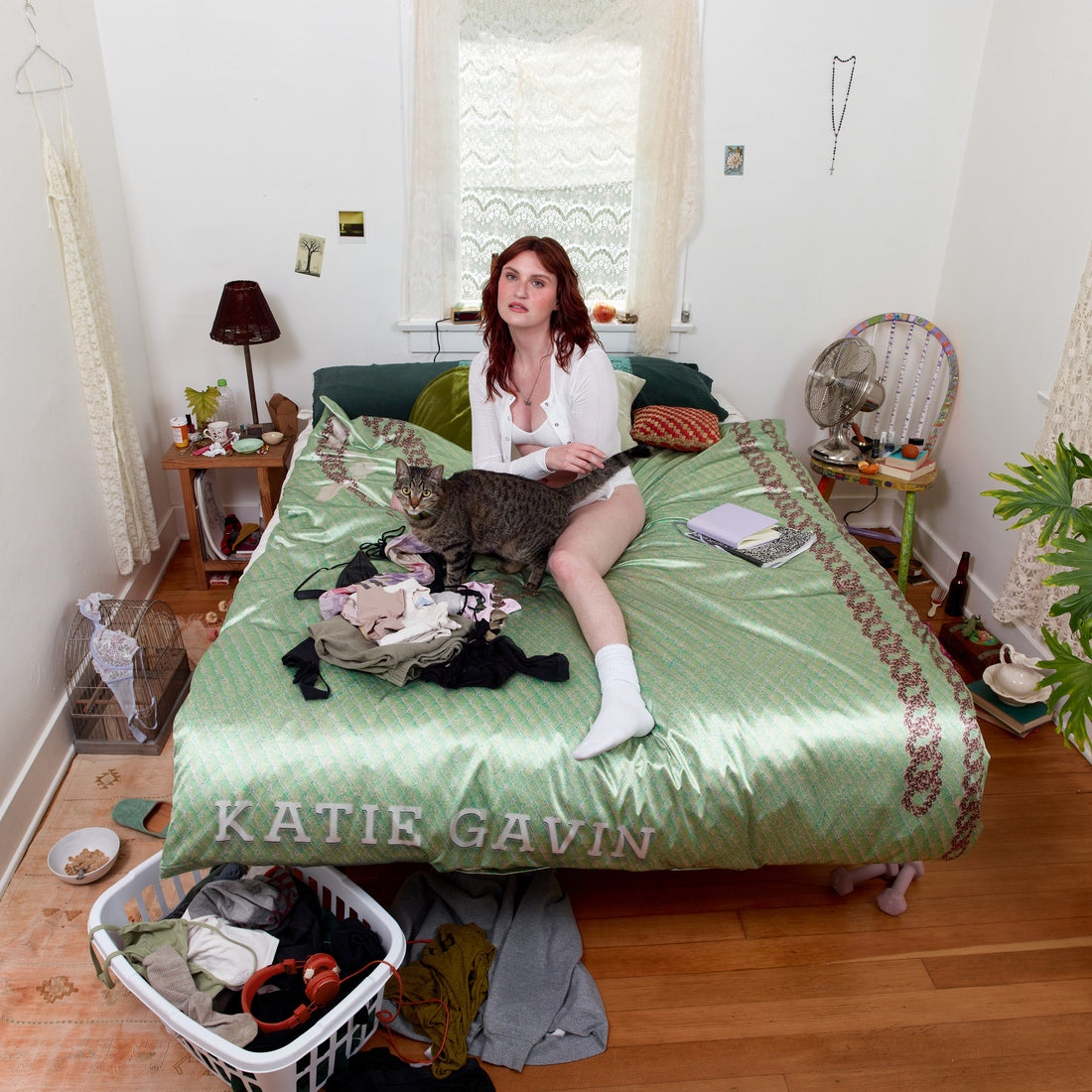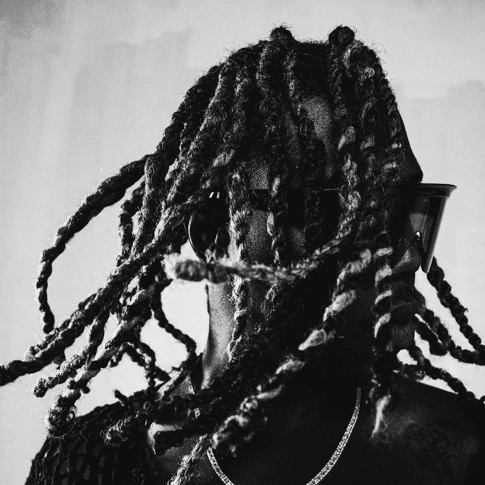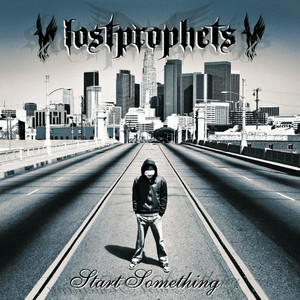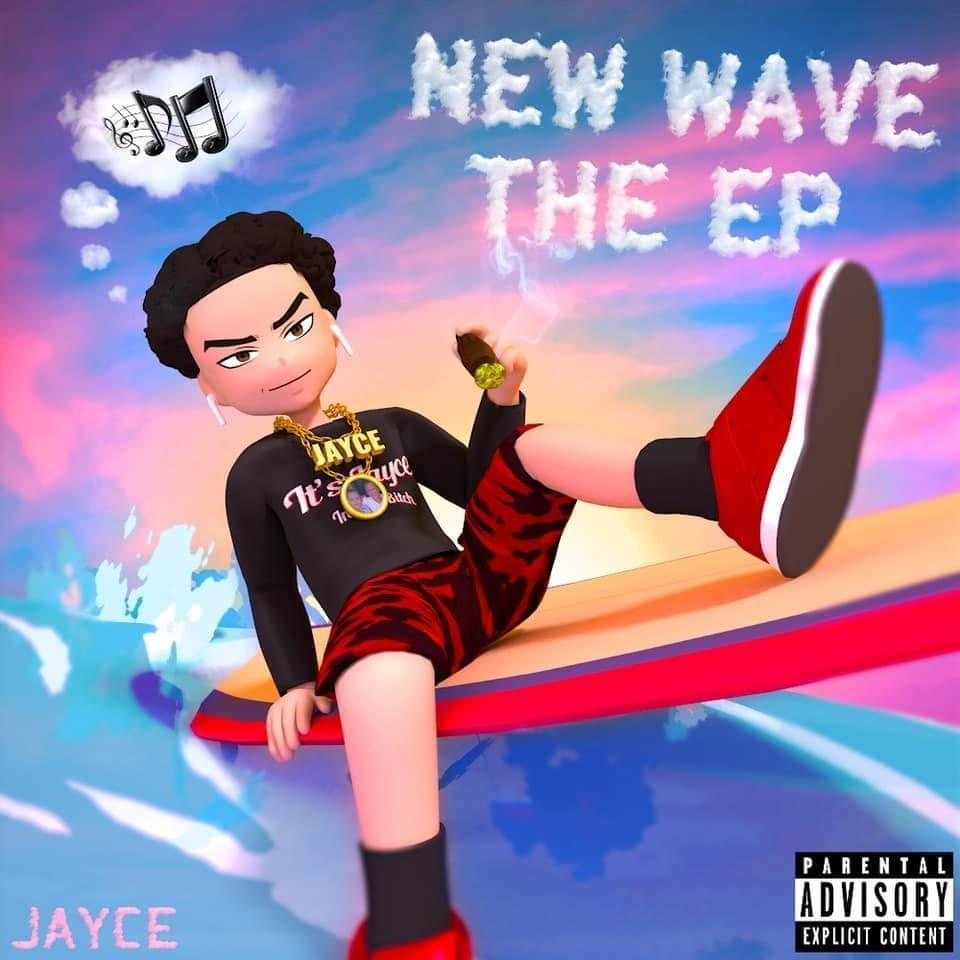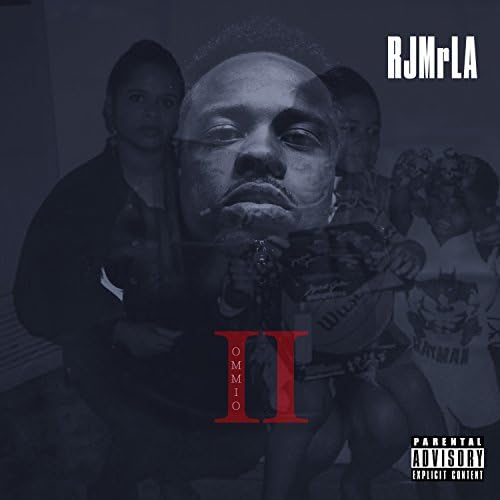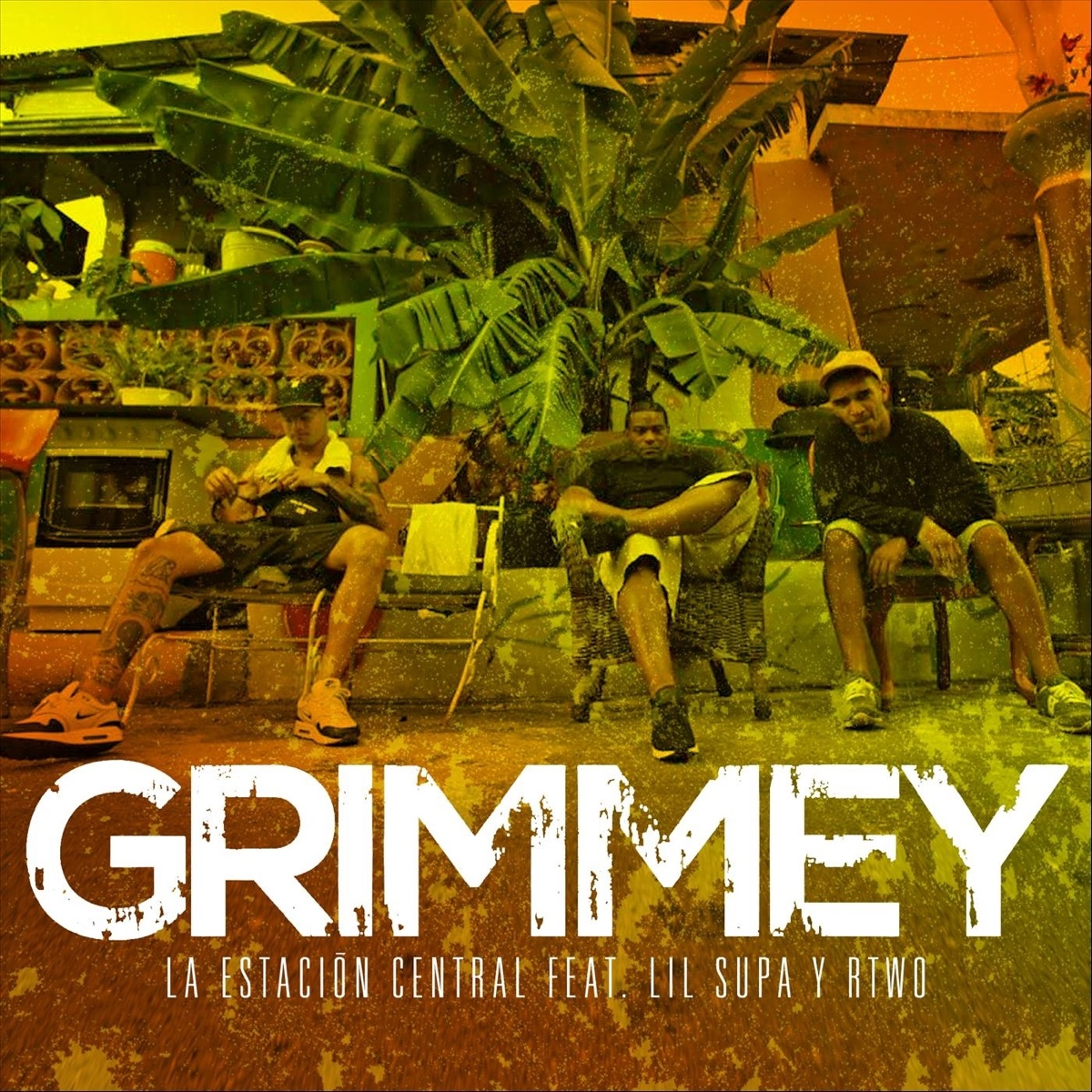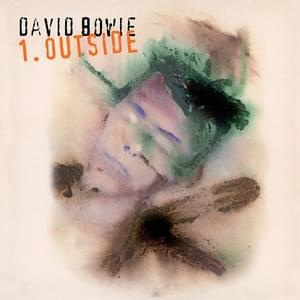
The diary of Nathan Adler or the art-ritual murder of Baby Grace Blue: A non-linear Gothic Drama Hyper-cycle David Bowie
На этой странице вы найдете полный текст песни "The diary of Nathan Adler or the art-ritual murder of Baby Grace Blue: A non-linear Gothic Drama Hyper-cycle" от David Bowie. Lyrxo предлагает вам самый полный и точный текст этой композиции без лишних отвлекающих факторов. Узнайте все куплеты и припев, чтобы лучше понять любимую песню и насладиться ею в полной мере. Идеально для фанатов и всех, кто ценит качественную музыку.

It was precisely 5.47am on the morning of Friday 31 of December 1999 that a dark spirited pluralist began the dissection of 14-year-old "Baby Grace Blue". The arms of the victim were pin-cushioned with 16 hypodermic needles, pumping in four major preservatives, colouring agents, memory information transport fluids and some kind of green stuff. From the last and 17th, all blood and liquid was extracted. The stomach areas was carefully flapped open and the intestines removed, disentangled and re-knitted as it were, into a small net or web and hung between the pillars of the murder-location, the grand damp doorway of Oxford Town Museum of Modern Parts, New Jersey. The Limbs of Baby were then served from the torso. Each limb was implanted with a small, highly sophisticated, binary code translator which in turn was connected to small speakers attached to far ends of each limb. The self-contained mini amplifiers were then activated, amplifying the decoded memory info-transport substances, revealing themselves as little clue haiku's, small verses detailing memories of other brutal acts, well documented by the ROMbloids. The limbs and their components were then hung upon the splayed web, slug-like prey of some unimaginable creature. The torso, by means of its bottom-most orifice, had been placed on a small support fastened to a marble base. It was shown to warring degrees of success depending upon where one stood from behind the web but in front of the Museum door itself, acting as both signifier and guardian to the act. It was definitely murder - but was it art?
All this was to be the lead-up to the most provocative event in the whole sequence of serial-events that had started around November of that same year, plunging me into the most portentous chaos-abyss that a quiet lone hacker like myself could comprehend. My name is Nathan Adler, or Detective Professor Adler in my circuit. I'm attached to the division of Art-Crime Inc., the recently instigated corporation funded by an endowment from the Arts Protectorate of London, it being felt that the investigation of art-crimes was in itself inseparable from other forms of expression and therefore worthy of support from this significant body. Nicolas Serota himself had deemed us, the small-fry of the division, worthy of an exhibit at last year's Biennale in Venice, three rooms of evidence and comparative study work which conclusively proved that the cow in Mark Tansey's "The Innocent Bye Test" could not differentiate between Paulus Potter's "The Young Bull" of 1647 (exactly 300 years before I was born, incidentally) and one of Monet's grain stack paintings of the 1890's. The traditional art press deemed this extrapolation "bullshit" and removed itself to study the more formal ideas contained in Damien Hirst's "Sheep In A Box". Art's a farmyard. It's my job to pick thru' the manure heap looking for peppercorns.
friday, december 31, 1999, 10.15 am
As in any crime, my first position is to pursue the motive-gag. The recent spate, thru' '98-'99, of concept-muggings pretty much had me pulling breath for an art-murder. It was a crime whose time was now. The precedents were all there. It had probably its beginnings in the '70s with the Viennese castrationists and the blood-rituals of Nitsch. Public revulsion put the lid on that episode, but you can't keep a good down. Spurred on by Chris Burden's having himself shot by his collaborator in a gallery, tied up in a bag, thrown on a highway and then crucified upon the top of a Volkswagen, stories circulated thru' the nasty-neon of N.Y. night that a young Korean artist was the self-declared patient of wee-hours surgery in cut and run operations at not-so-secret locations in the city. If you found out about it, you could go and watch this guy having bits and pieces removed under anaesthetic. A finger-joint one night, a limb another. By the dawning of the '80s, rumour had it that he was down to a torso and one arm. He'd asked to be left in a cave in the Catskills, fed every so often by his acolytes. He didn't do much after that. I guess he read a lot. Maybe wrote a whole bunch. I suppose you can never tell what an artist will do once he's peaked. Round this same time, Bowie the singer remarked on a copula goons who frequented the Berlin bars wearing full surgery regalia; caps, aprons, rubber gloves and masks. The cutting edge. Then came Damien Hirst with the Shark-Cow-Sheep thing. No humans, palatable ritual for the world-wide public. The acceptable face of gore. Meanwhile in the US, 1994, I was in town on the night of the Athey sacrifactions.
thursday, october 27, 1994
122 east village, manhattan
Ron Athey, performance artist not for the squeamish - former heroin addict-HIV positive, pushes what looks like a knitting needle repeatedly into his forehead, a crown of blood, must hurt like hell. Stream red dribble-dribble. No screams. Face moves in pain. Carried upstage and scrubbed down in his own blood. The water. Now dresses in nice suit and tie. Now in black T-shirt and jean, carving, with a disposable scalpel, patterns, into the back of Darryl Carlton, a black man.
Bloody blotted paper towels then hung on a washing line suspended over the heads of the audience Blood-prints from life. An extremely limited edition. When it was first performed back in March. "Four Scenes In A Harsh Life" exploited controversy shrapnel throughout the National Endowment For the Arts. "We have taken every precaution with our disposal systems," an Athey spokesperson said. "The towels containing the blood are immediately deposited in hazardous-waste bags. Each evening, the material will be driven to a hospital for final disposal". Athey says he is dealing with issues of self-loathing, suffering, healing and redemption.
friday, december 31, 1999, 10.30 am
museum of modern parts
I'm drinking up the Oxford Town, New Jersey fume. Salty and acid. Maybe I can get a handle on this thing back in Soho at the bureau. It used to be Rothko's studio, now the playground for all us Art-Crime folk, AC' or "the daubers" as we're dubbed. Rothko himself, in a dark-deep-drunk one night, carefully removed his clothes, folded them up neatly, placing them upon a chair, lay upon the floor in a crucified position and after several attempts, found the soft blue pump of wrists and checked out. He'd held the razor blades between wads of tissue paper so that he wouldn't cut his fingers. Deep thinker. Always was.
11.00 am "dauber" hq, soho
The only names the Data bank can associate with Baby Grace are Leon Blank, Ramona A. Stone and Algeria Touchshriek.
The rundowns are brief but not to the point:
Ramona A. Stone: Female. Caucasian. Mid-40s.
Assertive maintenance interest-drug dealer and Tyrannical Futurist.
No convictions.
Contacts: Leon Blank, Baby Grace Blue, Algeria Touchshriek.
All this was to be the lead-up to the most provocative event in the whole sequence of serial-events that had started around November of that same year, plunging me into the most portentous chaos-abyss that a quiet lone hacker like myself could comprehend. My name is Nathan Adler, or Detective Professor Adler in my circuit. I'm attached to the division of Art-Crime Inc., the recently instigated corporation funded by an endowment from the Arts Protectorate of London, it being felt that the investigation of art-crimes was in itself inseparable from other forms of expression and therefore worthy of support from this significant body. Nicolas Serota himself had deemed us, the small-fry of the division, worthy of an exhibit at last year's Biennale in Venice, three rooms of evidence and comparative study work which conclusively proved that the cow in Mark Tansey's "The Innocent Bye Test" could not differentiate between Paulus Potter's "The Young Bull" of 1647 (exactly 300 years before I was born, incidentally) and one of Monet's grain stack paintings of the 1890's. The traditional art press deemed this extrapolation "bullshit" and removed itself to study the more formal ideas contained in Damien Hirst's "Sheep In A Box". Art's a farmyard. It's my job to pick thru' the manure heap looking for peppercorns.
friday, december 31, 1999, 10.15 am
As in any crime, my first position is to pursue the motive-gag. The recent spate, thru' '98-'99, of concept-muggings pretty much had me pulling breath for an art-murder. It was a crime whose time was now. The precedents were all there. It had probably its beginnings in the '70s with the Viennese castrationists and the blood-rituals of Nitsch. Public revulsion put the lid on that episode, but you can't keep a good down. Spurred on by Chris Burden's having himself shot by his collaborator in a gallery, tied up in a bag, thrown on a highway and then crucified upon the top of a Volkswagen, stories circulated thru' the nasty-neon of N.Y. night that a young Korean artist was the self-declared patient of wee-hours surgery in cut and run operations at not-so-secret locations in the city. If you found out about it, you could go and watch this guy having bits and pieces removed under anaesthetic. A finger-joint one night, a limb another. By the dawning of the '80s, rumour had it that he was down to a torso and one arm. He'd asked to be left in a cave in the Catskills, fed every so often by his acolytes. He didn't do much after that. I guess he read a lot. Maybe wrote a whole bunch. I suppose you can never tell what an artist will do once he's peaked. Round this same time, Bowie the singer remarked on a copula goons who frequented the Berlin bars wearing full surgery regalia; caps, aprons, rubber gloves and masks. The cutting edge. Then came Damien Hirst with the Shark-Cow-Sheep thing. No humans, palatable ritual for the world-wide public. The acceptable face of gore. Meanwhile in the US, 1994, I was in town on the night of the Athey sacrifactions.
thursday, october 27, 1994
122 east village, manhattan
Ron Athey, performance artist not for the squeamish - former heroin addict-HIV positive, pushes what looks like a knitting needle repeatedly into his forehead, a crown of blood, must hurt like hell. Stream red dribble-dribble. No screams. Face moves in pain. Carried upstage and scrubbed down in his own blood. The water. Now dresses in nice suit and tie. Now in black T-shirt and jean, carving, with a disposable scalpel, patterns, into the back of Darryl Carlton, a black man.
Bloody blotted paper towels then hung on a washing line suspended over the heads of the audience Blood-prints from life. An extremely limited edition. When it was first performed back in March. "Four Scenes In A Harsh Life" exploited controversy shrapnel throughout the National Endowment For the Arts. "We have taken every precaution with our disposal systems," an Athey spokesperson said. "The towels containing the blood are immediately deposited in hazardous-waste bags. Each evening, the material will be driven to a hospital for final disposal". Athey says he is dealing with issues of self-loathing, suffering, healing and redemption.
friday, december 31, 1999, 10.30 am
museum of modern parts
I'm drinking up the Oxford Town, New Jersey fume. Salty and acid. Maybe I can get a handle on this thing back in Soho at the bureau. It used to be Rothko's studio, now the playground for all us Art-Crime folk, AC' or "the daubers" as we're dubbed. Rothko himself, in a dark-deep-drunk one night, carefully removed his clothes, folded them up neatly, placing them upon a chair, lay upon the floor in a crucified position and after several attempts, found the soft blue pump of wrists and checked out. He'd held the razor blades between wads of tissue paper so that he wouldn't cut his fingers. Deep thinker. Always was.
11.00 am "dauber" hq, soho
The only names the Data bank can associate with Baby Grace are Leon Blank, Ramona A. Stone and Algeria Touchshriek.
The rundowns are brief but not to the point:
Ramona A. Stone: Female. Caucasian. Mid-40s.
Assertive maintenance interest-drug dealer and Tyrannical Futurist.
No convictions.
Contacts: Leon Blank, Baby Grace Blue, Algeria Touchshriek.
Комментарии (0)
Минимальная длина комментария — 50 символов.

